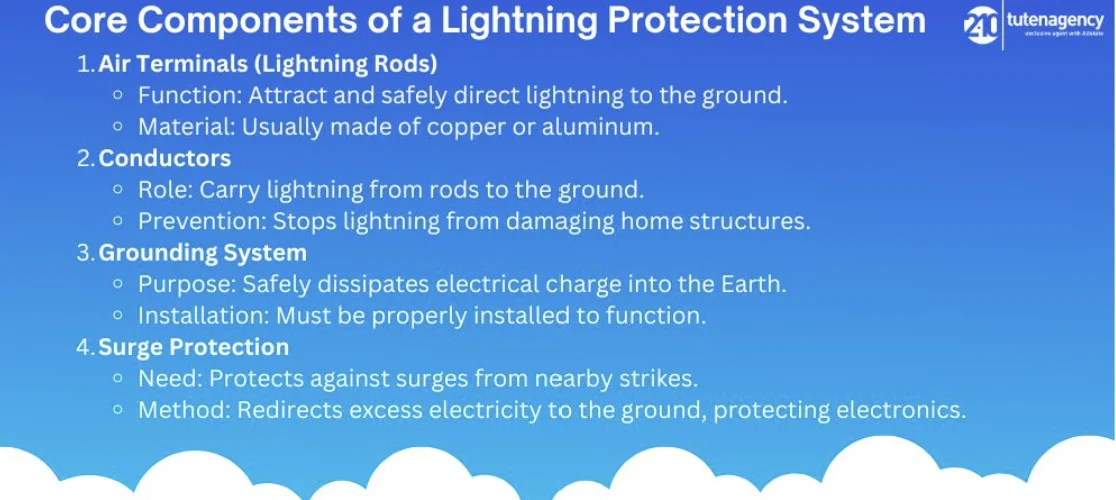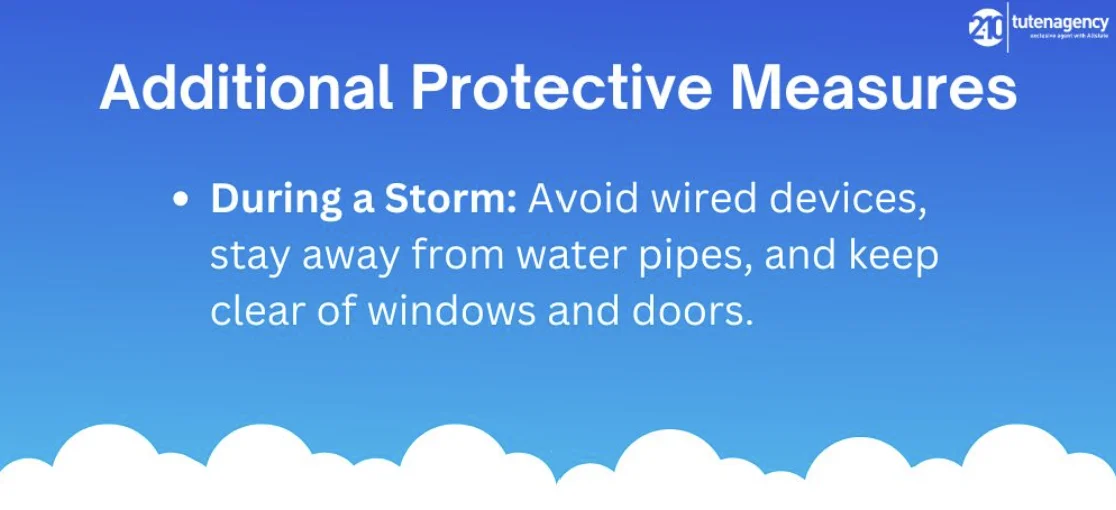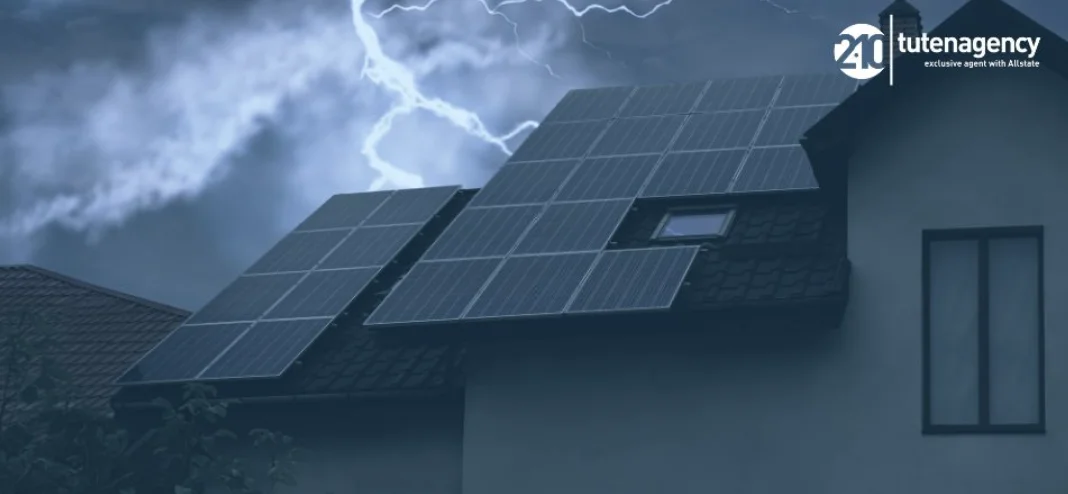Lightning is a powerful force of nature that strikes the Earth millions of times yearly. When it hits home, it can cause serious damage, including fires and destroying electronics. This article outlines effective safety measures you can implement to protect your home from the risks associated with lightning strikes.
Understanding Lightning and Its Impacts
Lightning occurs as an electrical discharge due to imbalances between storm clouds and the Earth or even within the clouds themselves. While this natural event is intriguing, it can also be highly destructive. Every year, lightning strikes damage thousands of properties, resulting in expensive repairs and, in some cases, personal injuries.
Home Vulnerabilities to Lightning
Homes are particularly vulnerable to lightning because they often have electrical and phone lines that can conduct lightning strikes inside. The typical damages from these strikes include fires, damaged electrical wiring, and ruined appliances.
Core Components of a Home Lightning Protection System
To protect a home from lightning, a specific system of components works together to control the lightning’s path and dissipate its energy safely into the ground. Here are the main parts of a lightning protection system:
Air Terminals (Lightning Rods)
Air terminals or lightning rods, are metal rods installed at the highest points of a roof. They attract lightning strikes and safely direct them towards the ground. They are usually made of copper or aluminum and must be placed correctly to work effectively.
Conductors
Conductors are heavy-duty wires that connect the air terminals to the ground. They carry lightning strikes from the rods down to the Earth, preventing them from passing through your home’s building materials, which could start a fire or cause other damage.
Grounding System
The grounding system allows lightning’s electrical charge to enter the Earth safely. It usually consists of a metal rod driven deep into the ground. Proper installation of the grounding system is crucial for it to work correctly.
Surge Protection
When lightning strikes near a home, it can cause sudden surges in electrical power that damage electronics. To safeguard against this damage, you can install surge protection devices in your electrical panel or directly on individual appliances. These devices identify any excess electricity and effectively redirect it to the ground, thus protecting your home’s electrical systems and appliances from the potentially destructive impacts of power surges.

Installation and Maintenance of Lightning Protection Systems
The installation of a lightning protection system is not a task for amateurs. Knowledge and experience are required to ensure it’s done correctly. Certified professionals can install the system according to safety standards. Once installed, it’s important to maintain the system by regularly checking its components and ensuring they remain in good condition.
DIY vs. Professional Installation
While it might be tempting to try and install a lightning protection system yourself to save money, this is risky. Incorrect installation can lead to system failure, leaving your home unprotected. Hiring a professional is safer because they understand how to meet the necessary safety standards.
Additional Protective Measures
Besides installing a lightning protection system, you can take other simple steps to protect your home during a thunderstorm:
- Avoid using wired electronic devices.
- Stay away from water pipes, including showers and faucets.
- Keep clear of windows and doors.

Conclusion
Lightning protection is an important aspect of home safety. By implementing a properly designed lightning protection system, you can greatly diminish the risk of harm to your property and ensure your family’s safety from lightning-related dangers. It is best to seek the expertise of a professional who can guide you through the various options available for installing a lightning protection system tailored to your home’s needs. Consulting a professional ensures that your system is correctly installed and meets all safety standards, providing you with peace of mind during thunderstorms.
FAQs
How often should a lightning protection system be inspected?
It is recommended that lightning protection systems be inspected at least once a year or after any major storm event. This ensures all components, including surge protectors, grounding systems, and conductors are functioning correctly and free from damage.
Can lightning protection systems be installed on any type of building?
Yes, lightning protection systems can be designed and installed on virtually any type of building, whether residential, commercial, or industrial. The specific design and installation methods may vary based on the building’s structure and location.
Are there any insurance benefits to installing a lightning protection system?
Many insurance companies offer reduced premiums for homes with certified lightning protection systems due to the reduced risk of damage from electrical surges and fires caused by lightning strikes. Check with your insurance provider to see if discounts apply.
Can I add lightning protection to an existing home?
Yes, lightning protection systems can be retrofitted to existing buildings. The process involves assessing the current structure and electrical systems to integrate the lightning protection components effectively.
Get the right coverage for your home with tutenagency
New tutenagency customers?
Quote homeowners insurance online or call (334) 502-5111 to insure your home.
Legal Disclaimer: ADVERTISING MATERIAL ONLY. Do not rely on this site or this article for legal or financial advice. The information provided on 210agency.com is strictly for educational purposes and to provide you with general educational information. Since state laws and financial regulations are subject to change, please schedule an appointment with an attorney or qualified financial advisor in your area to further discuss your personal situation. This public information is neither intended to, nor will it, create an attorney-client or financial representative relationship.

